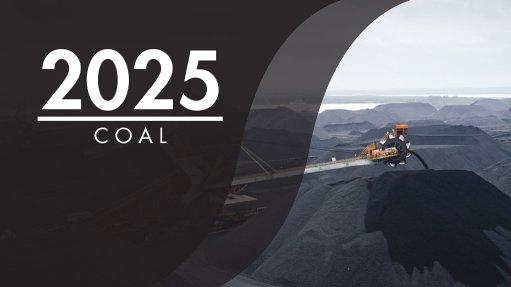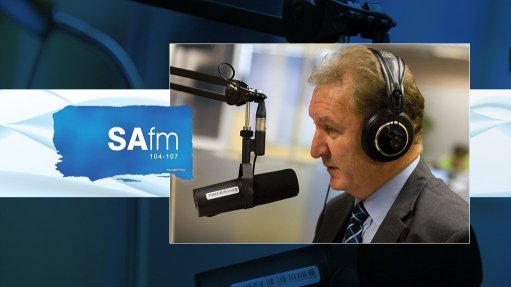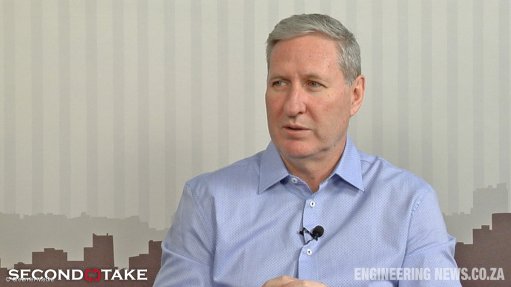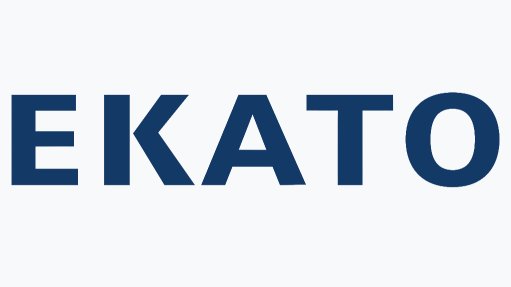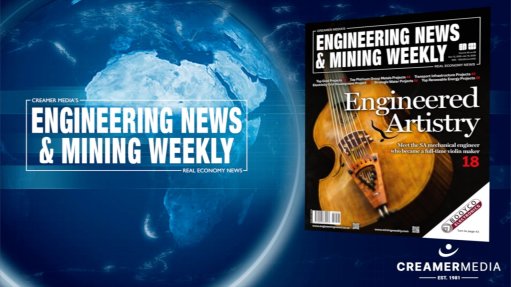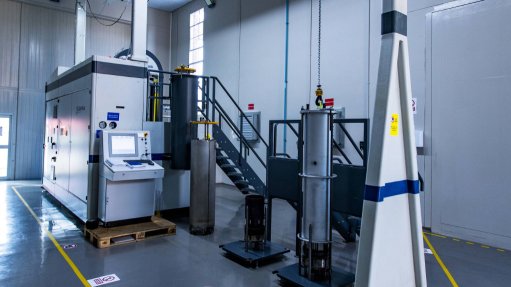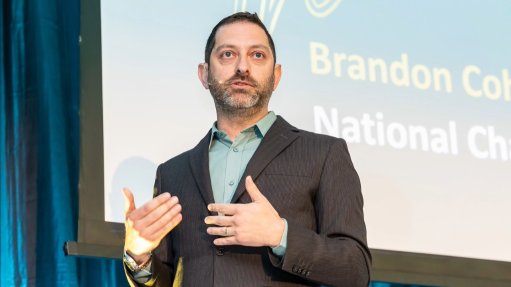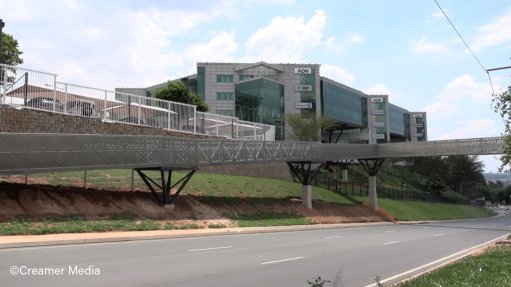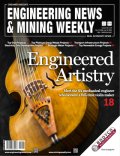Updated strategy to drive deeper gender transformation

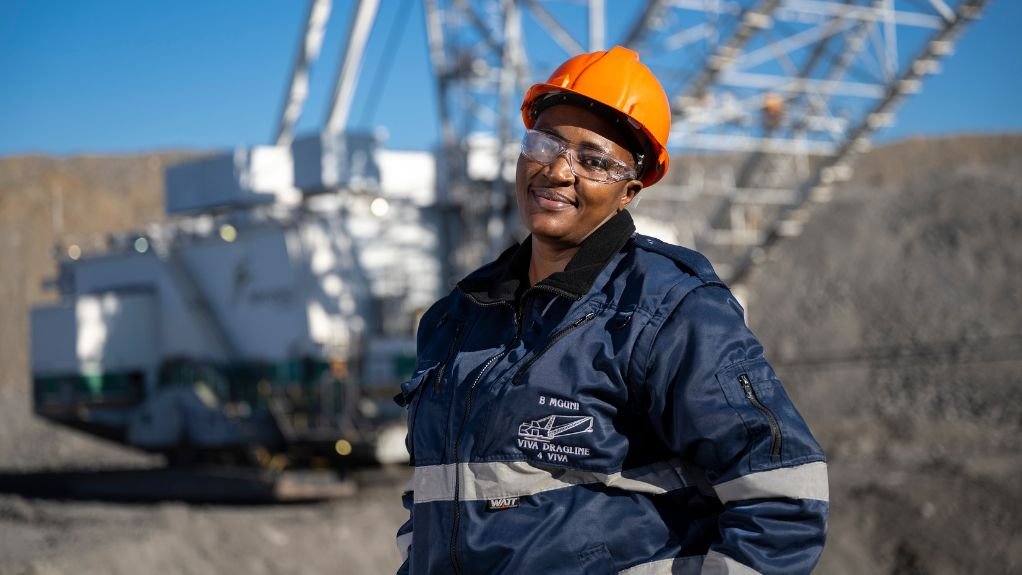
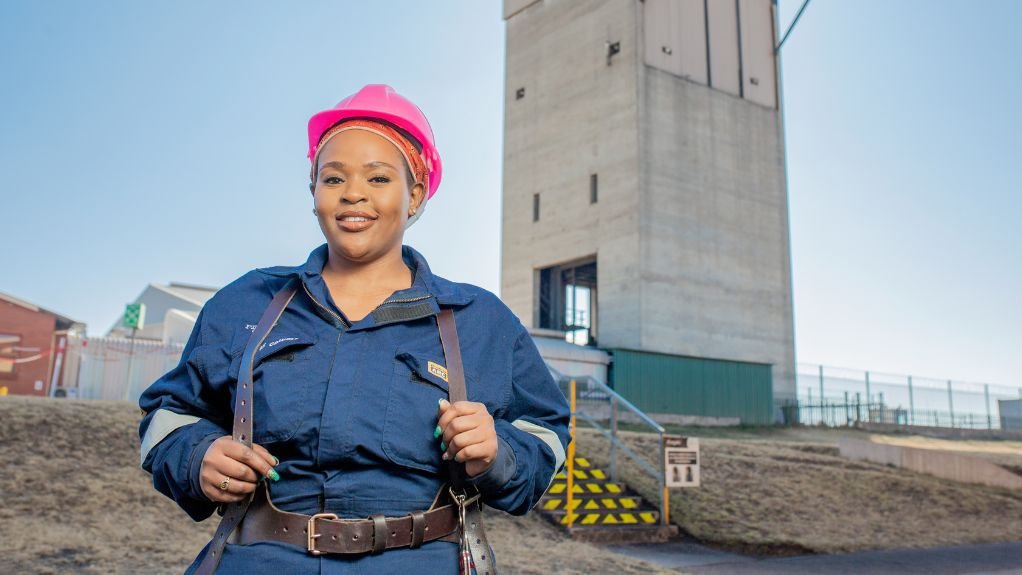
GUIDING PRINCIPLE The Minerals Council’ Women in Mining Strategy 2.0 is expected to guide the industry’s gender transformation efforts for the next few years
INCREASED REPRESENTATION Women are participating in bursary programmes and are receiving study assistance at a higher rate per capita than men in the mining industry
The Women in Mining (WiM) Strategy 2.0 – a renewed gender transformation plan – has been launched by mining industry employers’ association Minerals Council South Africa to promote the inclusion and advancement of women across South Africa’s mining sector.
The strategy builds on the Minerals Council’s WiM initiative, introduced in 2020, but it goes further by focusing on a more cohesive strategy to implement women-in-mining objectives across all levels of companies’ operations to drive culture and systemic change, resulting in a mining sector that is reflective of society.
It sets out clear actions to tackle key issues such as workplace harassment, gender pay gaps and the slow progression of women into senior roles.
The new plan will help move the industry from isolated efforts to a more coordinated approach to transformation, says Minerals Council South Africa WiM programme manager Boitumelo Nkomo.
Addressing Pressing Issues
With physical risks, and gender-based violence and harassment (GBVH) remaining major challenges for women in mining, one of the main focus areas of the WiM Strategy 2.0 is workplace safety.
Therefore, the Minerals Council urges member companies to adopt strong GBVH prevention policies and measures, improved reporting systems and support mechanisms for victims, as well as to roll out awareness programmes and embed accountability across all levels.
For women in the mining sector to feel safer and more accepted, Nkomo says a culture of trust is important, especially in environments where women often feel unsafe or unsupported.
In addition to this, she says the Minerals Council has partnered with the National Prosecuting Authority’s Sexual Offences and Community Affairs Unit, and the Gender-Based Violence and Femicide Response Fund, to support the unit’s specialised Thuthuzela Care Centres across South Africa.
These facilities provide support for survivors, of all ages and genders, of sexual and gender-based violence and offers vital care, counselling and legal support to gender-based violence survivors, including those in mining communities.
Alongside safety, addressing the gender pay gap has also been included as a key focus area in the women in mining strategy.
In this regard, Nkomo says the WiM Strategy 2.0 advocates the regular review of pay structures to ensure that women are paid equally for equal work.
Further, while women comprise about 19% of the mining workforce, compared to only 3% in 2003, Nkomo says the Minerals Council regards career development as a key pathway to improving job satisfaction, retention of women in the industry, better salaries and employment prospects and advancement.
The Minerals Council advocates a favourable regulatory and operating environment that encourages investment in exploration, mine development and sustainable mining operations to grow the industry and create more job opportunities, all of which will underpin transformation.
According to data collected through the Minerals Council’s WiM dashboard, women are participating in bursary programmes and are receiving study assistance at a higher rate per capita than men while also participating in internships and graduate programmes at a higher rate.
Nkomo adds that senior executives from mining companies are actively involved in the Minerals Council’s WiM Leadership Forum, where they help shape strategy and share learnings and successes to promote diversity and inclusion.
Progress is also being tracked more closely, with an online platform enabling the Minerals Council and its member companies to monitor performance against diversity targets. Companies use the data to inform their internal policies and programmes to drive transformation.
Nkomo says the Minerals Council is committed to building an industry that reflects the demographics of the country and offers equal opportunities, regardless of gender. Transformation cannot succeed without a shared commitment from all levels of the workforce: “We need a total culture shift. It’s not just about bringing more women into mining, it’s about changing the environment so they can thrive and lead.”
The WiM Strategy 2.0 is expected to guide the industry’s gender transformation efforts for the next step change in creating workplaces that are inclusive, safe and fair for all, she concludes.
Article Enquiry
Email Article
Save Article
Feedback
To advertise email advertising@creamermedia.co.za or click here
Comments
Press Office
Announcements
What's On
Subscribe to improve your user experience...
Option 1 (equivalent of R125 a month):
Receive a weekly copy of Creamer Media's Engineering News & Mining Weekly magazine
(print copy for those in South Africa and e-magazine for those outside of South Africa)
Receive daily email newsletters
Access to full search results
Access archive of magazine back copies
Access to Projects in Progress
Access to ONE Research Report of your choice in PDF format
Option 2 (equivalent of R375 a month):
All benefits from Option 1
PLUS
Access to Creamer Media's Research Channel Africa for ALL Research Reports, in PDF format, on various industrial and mining sectors
including Electricity; Water; Energy Transition; Hydrogen; Roads, Rail and Ports; Coal; Gold; Platinum; Battery Metals; etc.
Already a subscriber?
Forgotten your password?
Receive weekly copy of Creamer Media's Engineering News & Mining Weekly magazine (print copy for those in South Africa and e-magazine for those outside of South Africa)
➕
Recieve daily email newsletters
➕
Access to full search results
➕
Access archive of magazine back copies
➕
Access to Projects in Progress
➕
Access to ONE Research Report of your choice in PDF format
RESEARCH CHANNEL AFRICA
R4500 (equivalent of R375 a month)
SUBSCRIBEAll benefits from Option 1
➕
Access to Creamer Media's Research Channel Africa for ALL Research Reports on various industrial and mining sectors, in PDF format, including on:
Electricity
➕
Water
➕
Energy Transition
➕
Hydrogen
➕
Roads, Rail and Ports
➕
Coal
➕
Gold
➕
Platinum
➕
Battery Metals
➕
etc.
Receive all benefits from Option 1 or Option 2 delivered to numerous people at your company
➕
Multiple User names and Passwords for simultaneous log-ins
➕
Intranet integration access to all in your organisation






